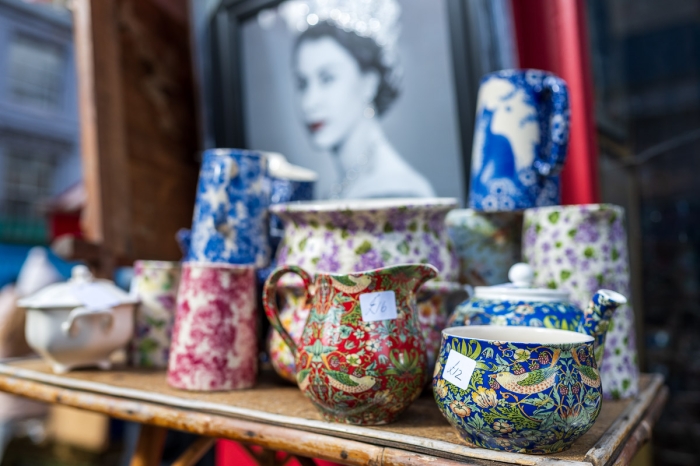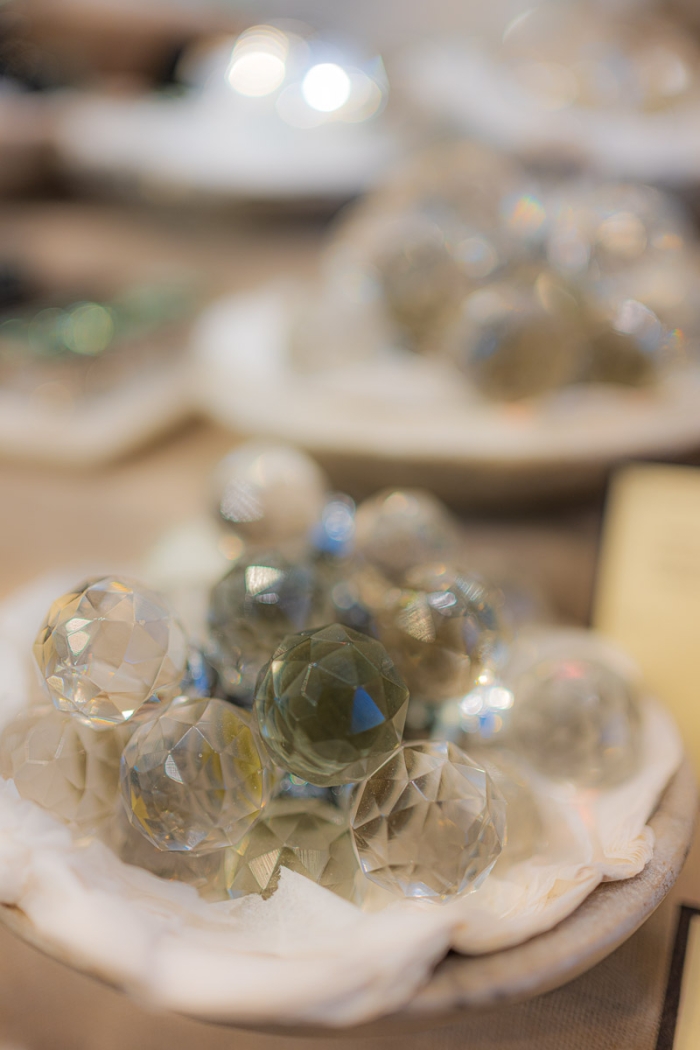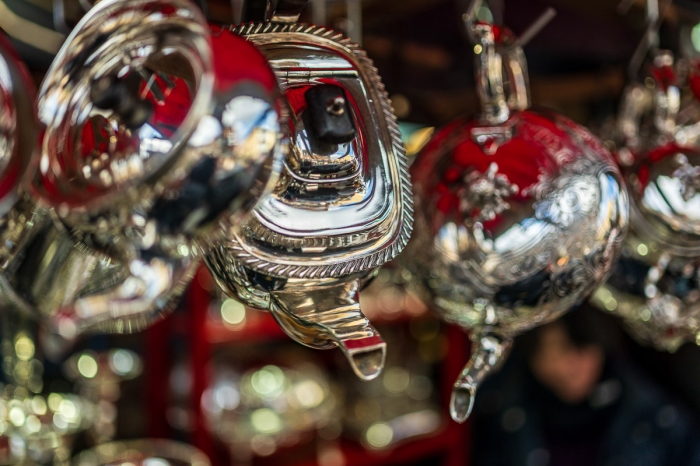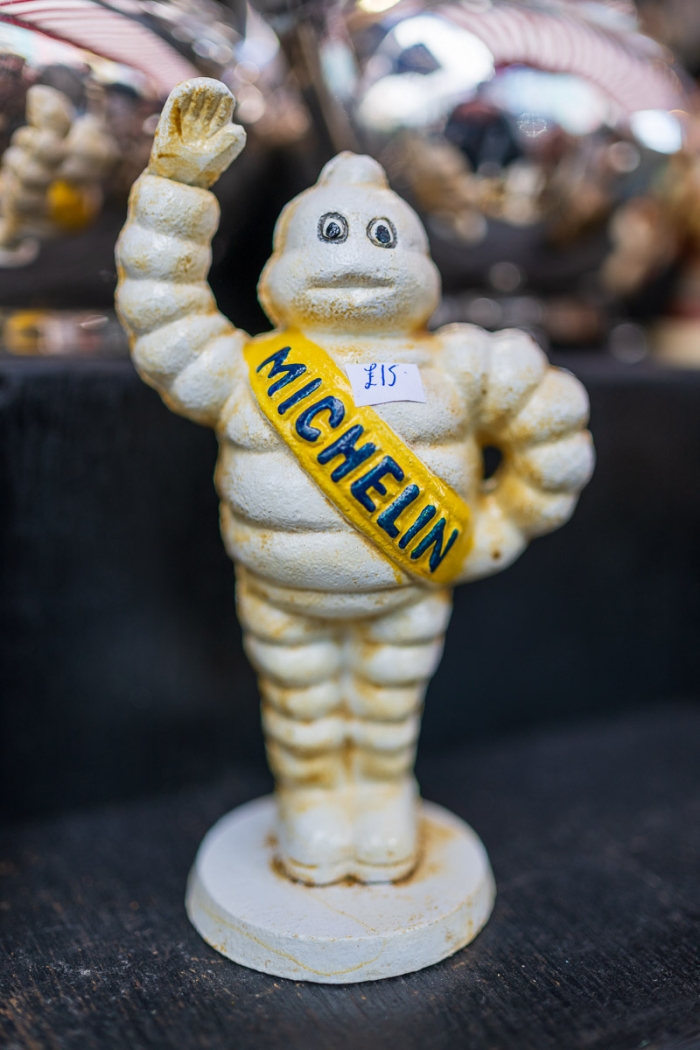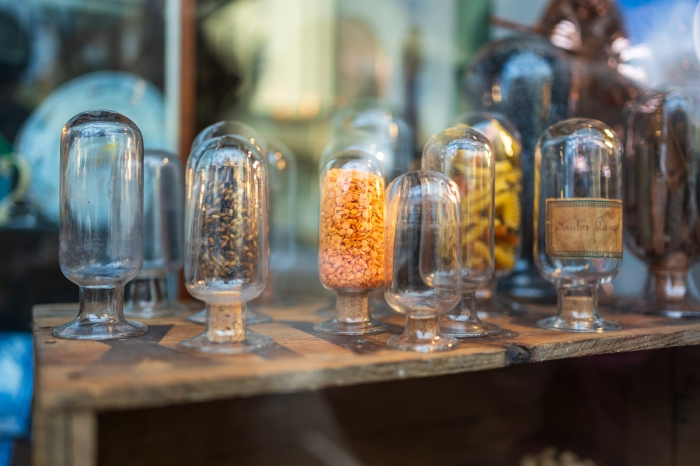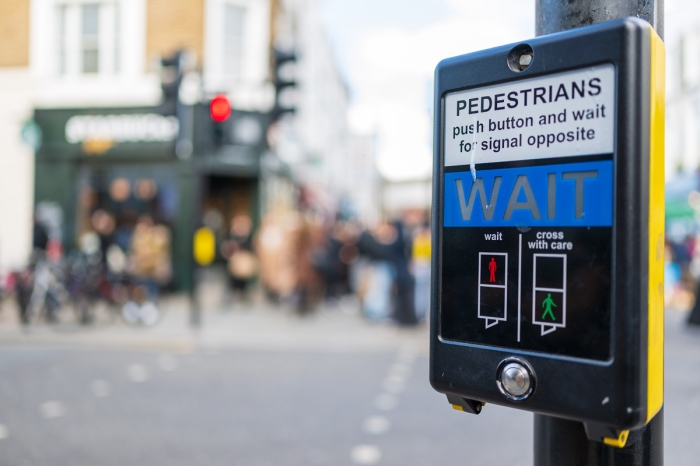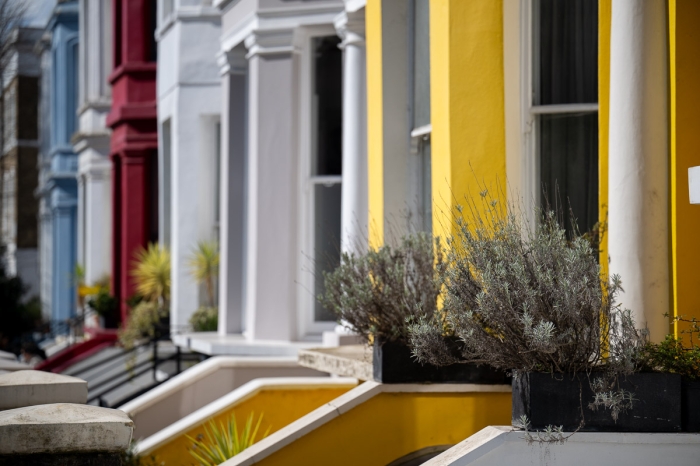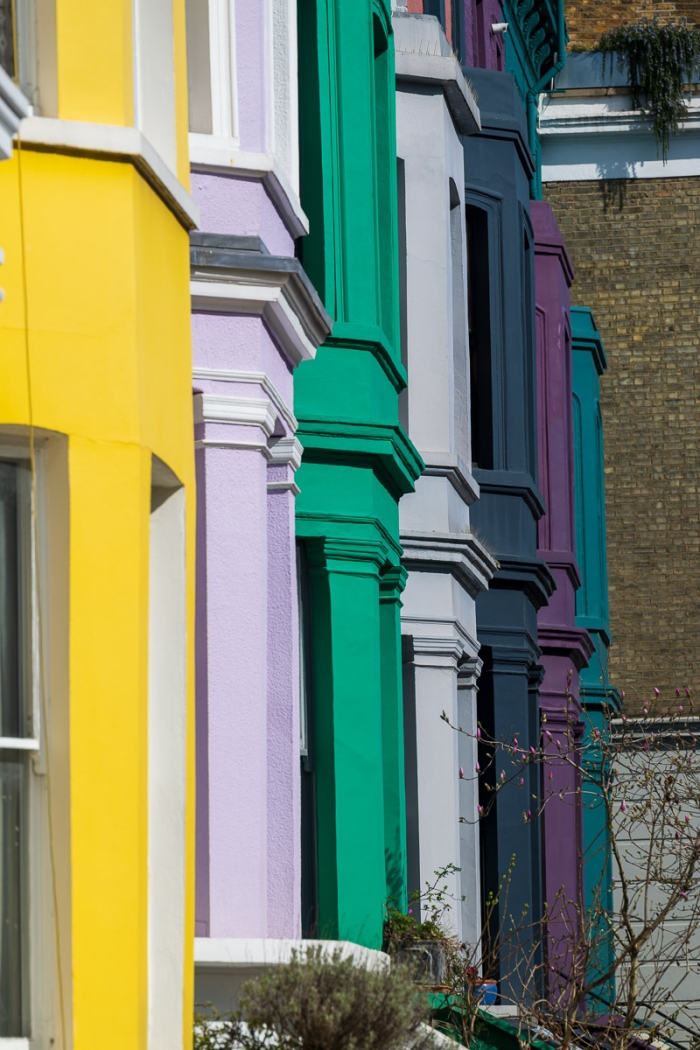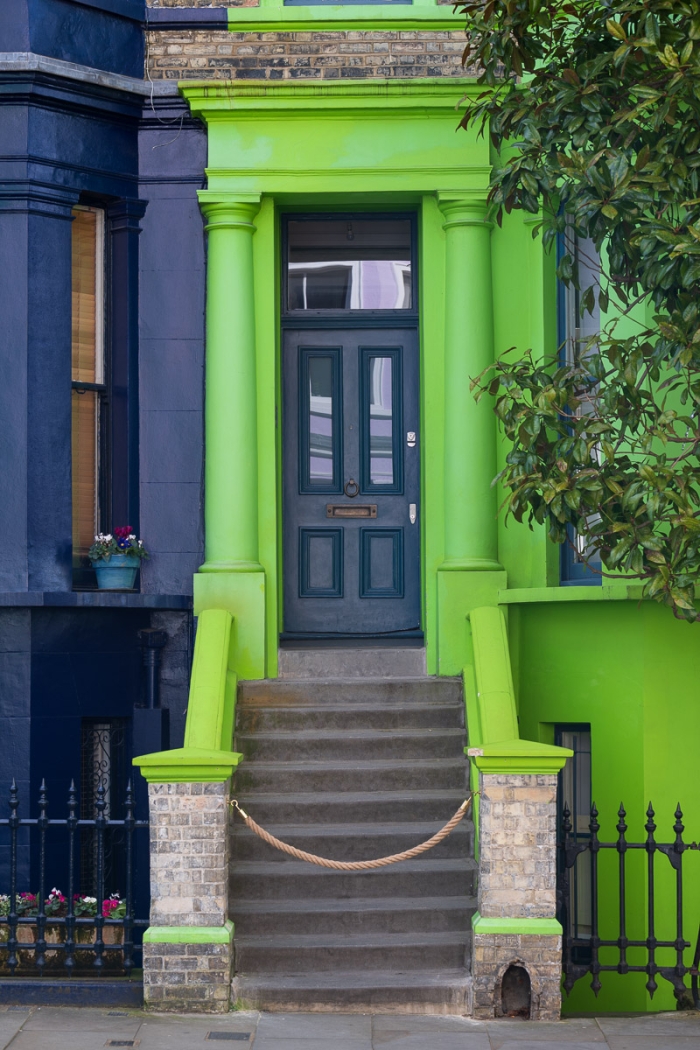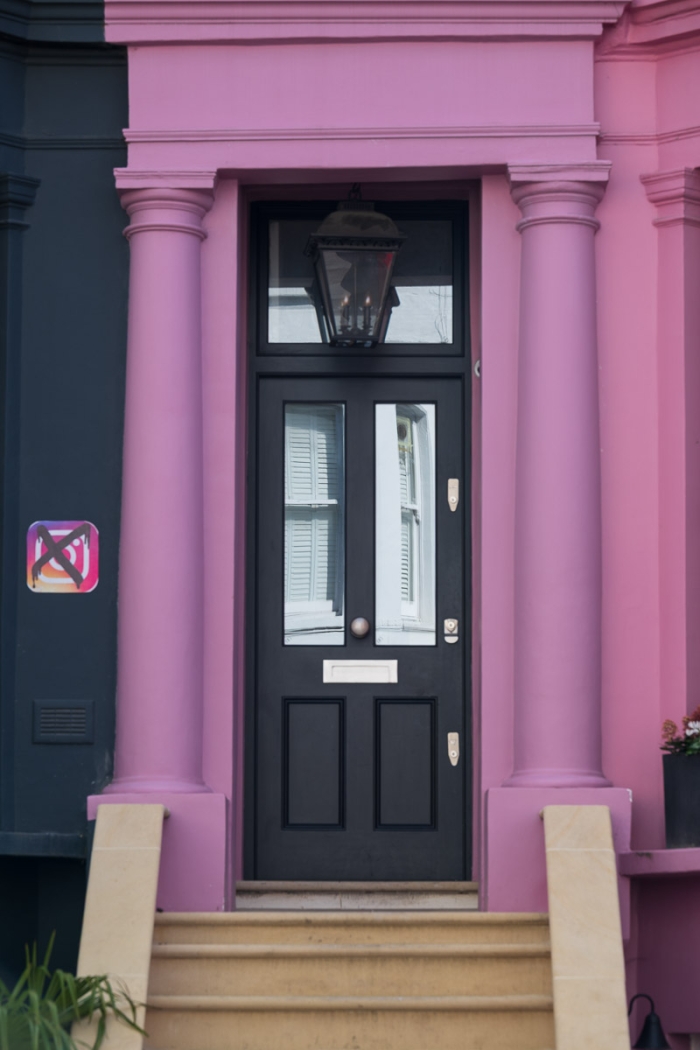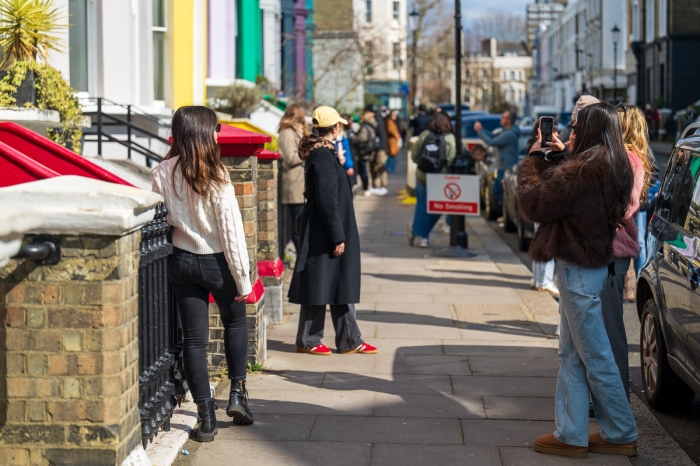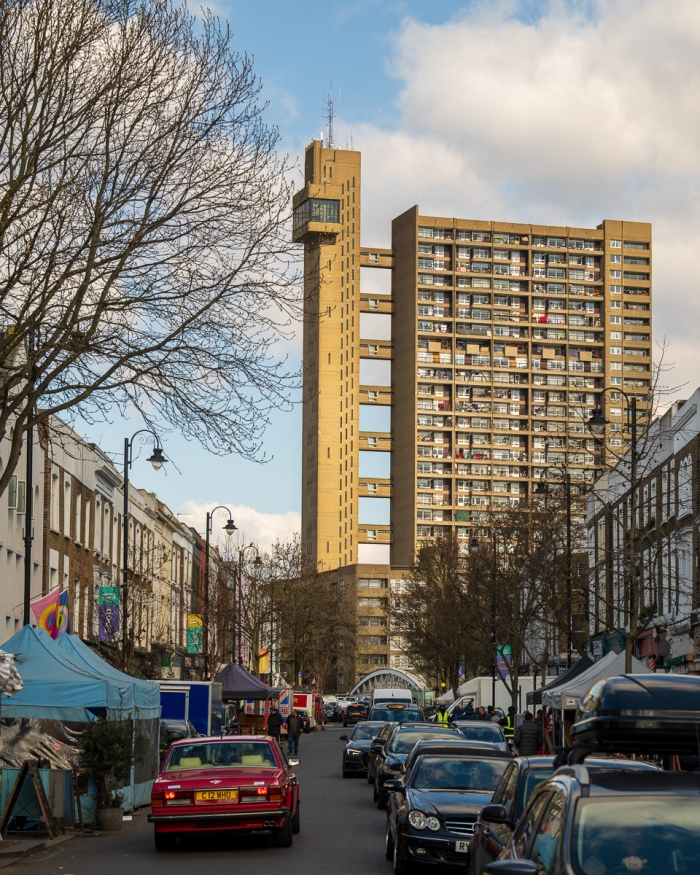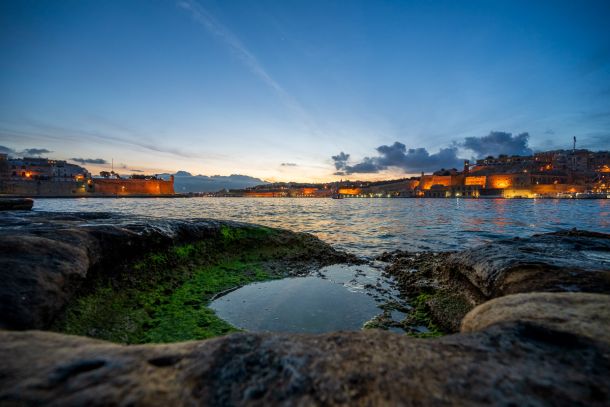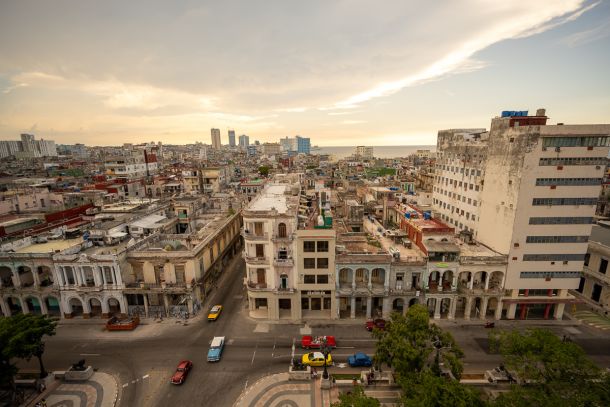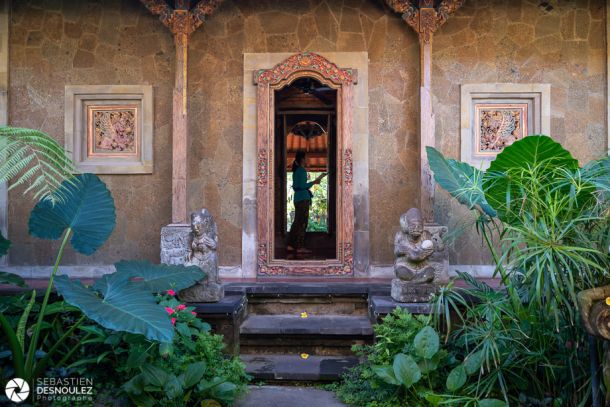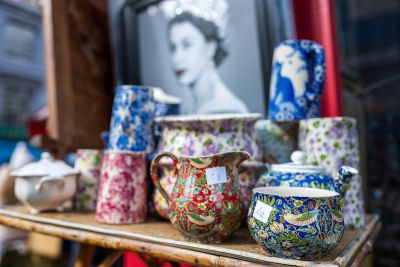
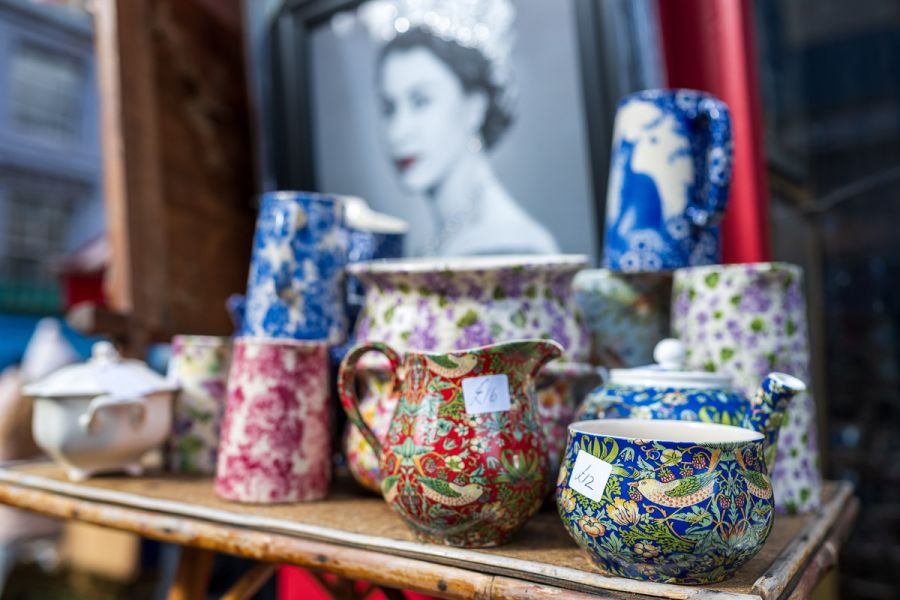
Notting Hill and Portobello Road – Colors, Curiosities, and Urban Contrast
What better way to start a London photo journey than with Notting Hill’s charm and Portobello Road’s treasures?
On my first day in London, I began the morning in one of the city’s most photogenic neighborhoods: Notting Hill. Far from the movie cliché, the area reveals pastel-colored houses, picturesque storefronts, and shop windows bursting with vintage finds.
The famous Portobello Road Market was in full swing. Antique porcelain, advertising objects, figurines, mirrors, glassware, and a myriad of curiosities created an organized chaos full of texture and character. I focused on metallic reflections and blurred compositions, often tight-framed or at eye level, revealing almost abstract scenes.
The bright red storefront of "Alice’s" instantly catches the eye. Inside: a patchwork of British memorabilia—colorful china, tea tins, retro toys, small model cars, and a portrait of Queen Elizabeth II watching over the display. Using shallow depth of field, I isolated certain objects to highlight their uniqueness.
A bit farther down, the iconic Michelin Bibendum sits among Victorian apothecary items and silver teapots—a visual mix of nostalgia and shine. These contrasts in texture and tone offer rich material for capturing mood and light.
But Notting Hill isn’t just antiques. Its row after row of colorful houses has become an attraction in itself. Vibrant hues—rose pink, lime green, sky blue, sunshine yellow—stand out in the angled mid-morning light, with shadows that enhance both volume and saturation.
Tourists today often visit just to be photographed in front of these famous facades. Signs remind us these are private homes, and residents, weary of endless Instagram shoots, ask for respectful behavior. Still, the temptation to frame these graphic street scenes is irresistible for photographers, amateur and pro alike.
Leaving Portobello Road, the silhouette of Trellick Tower looms in the distance. Designed by Ernő Goldfinger and inaugurated in 1972, this brutalist landmark rises 31 stories above the neighborhood, starkly contrasting with Notting Hill’s Victorian charm. Its raw concrete structure, vertical emphasis, and dramatic walkways give it a dystopian beauty. Once vilified, it is now listed as a historic building and appreciated for its architectural boldness.
Notting Hill reveals a thousand tiny details. A single morning may not be enough to explore it all, but it’s certainly enough to fill a memory card. What I take away: visual richness, iconic scenes, and the delicate balance between heritage and eccentricity.
Next stop: panoramic views over London with the London Eye…
Click the photos below to view in fullscreen.
All the photos displayed on this website are copyright protected © Sebastien Desnoulez. No use allowed without written authorization.
Legal notice
Tags
I am represented by the gallery
Une image pour rêver


